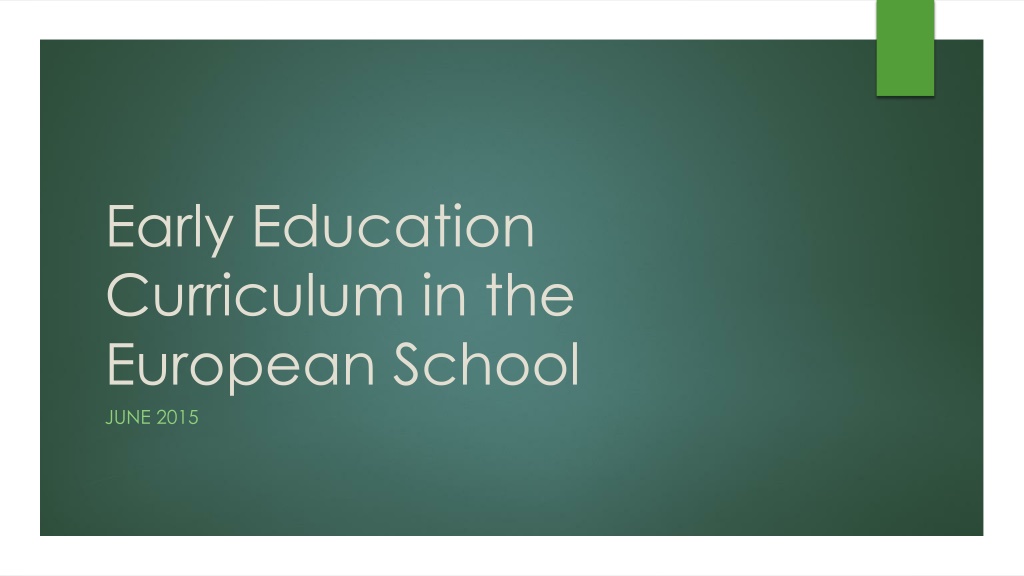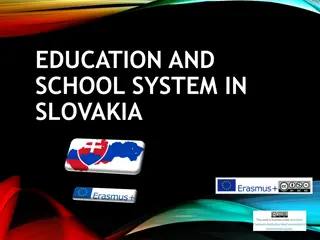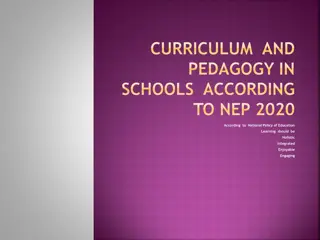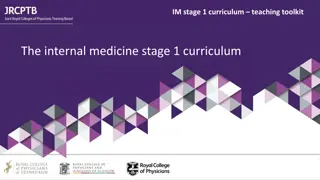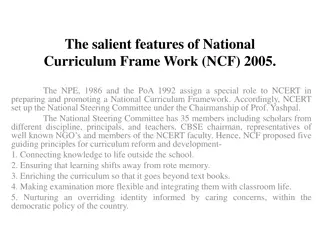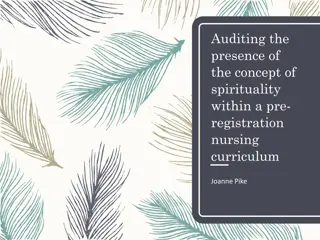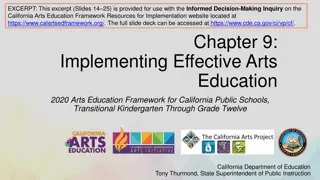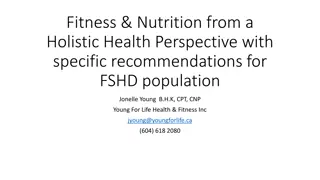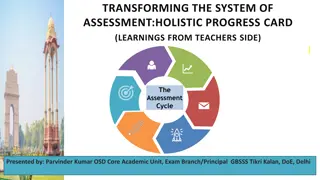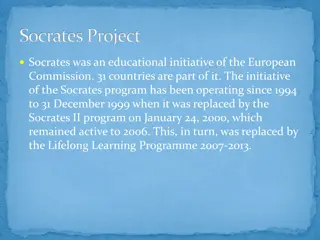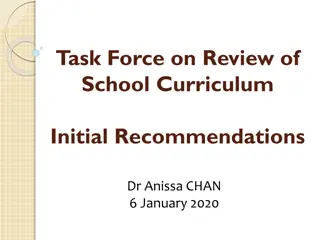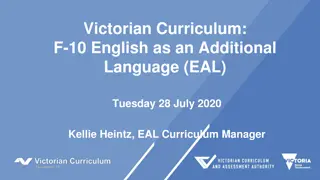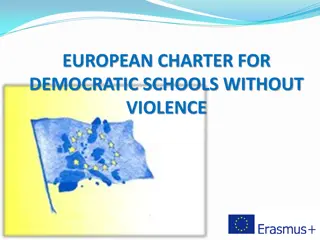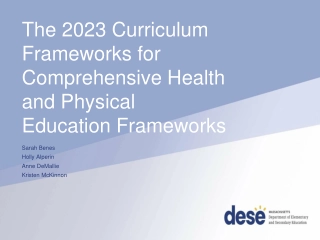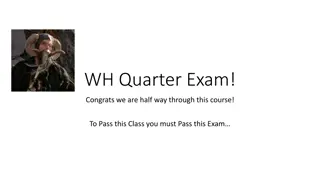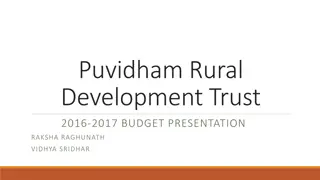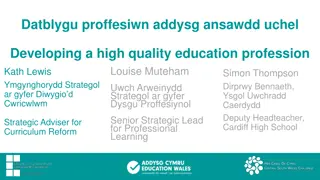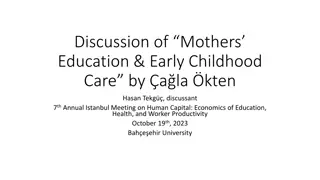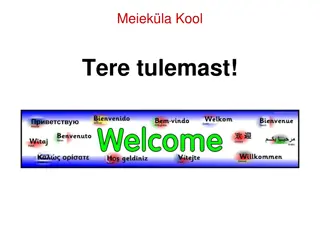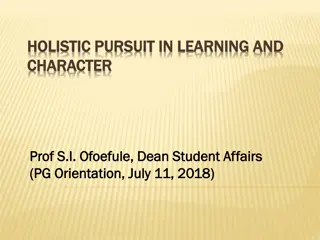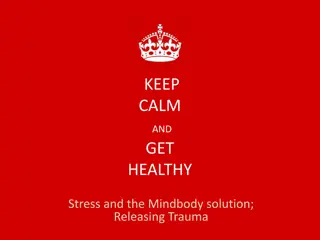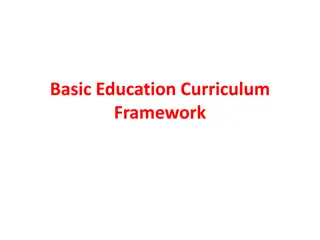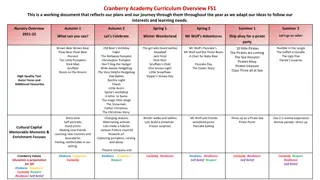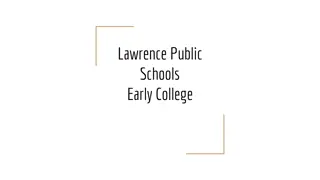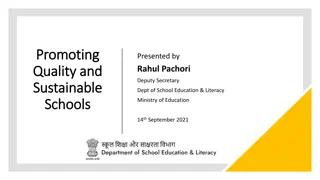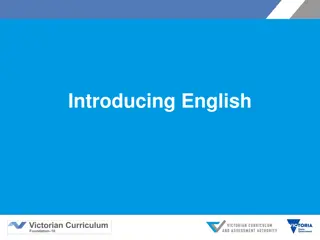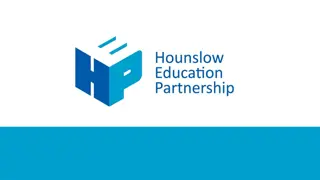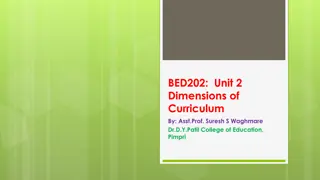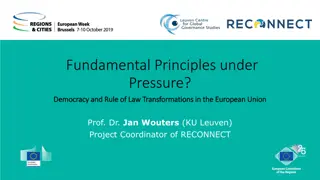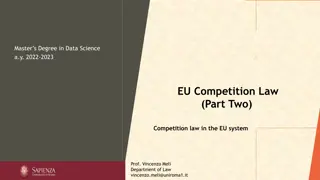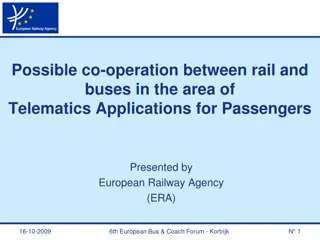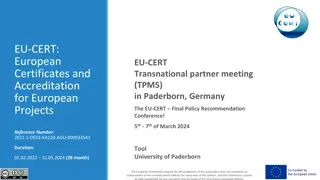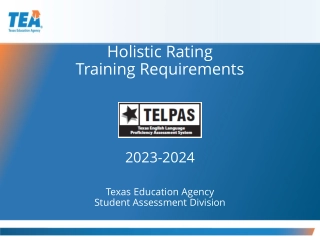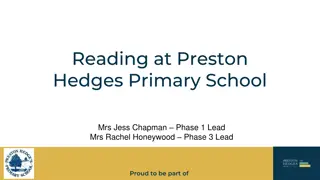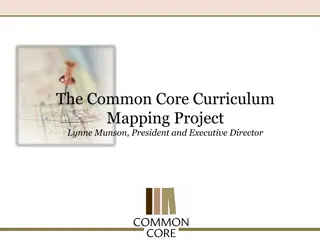Holistic Approach to Early Education Curriculum in European Schools
Early education plays a vital role in supporting children's holistic development, encompassing their physical, social, cognitive, and emotional well-being. By implementing principles of good planning and communication with parents, educators can create a nurturing environment that fosters children's growth into responsible members of society. The planning process includes clear curriculum coverage aligned with the nursery's objectives, with a focus on long-term, medium-term, and short-term planning to provide diverse learning opportunities for children.
Download Presentation

Please find below an Image/Link to download the presentation.
The content on the website is provided AS IS for your information and personal use only. It may not be sold, licensed, or shared on other websites without obtaining consent from the author. Download presentation by click this link. If you encounter any issues during the download, it is possible that the publisher has removed the file from their server.
E N D
Presentation Transcript
Early Education Curriculum in the European School JUNE 2015
The Holistic Child Early Education is a fundamental part of life long education and learning and its central role is to support children s growth into ethical and responsible members of society. Teaching and learning in the early years supports and monitors children s physical and psychological wellbeing, including social, cognitive and emotional development and helps to prevent any difficulties that may arise by creating the best possible learning opportunities. Teaching and learning in the early years is holistic and different areas of development are not separated. In the EEC document as well as in daily school life children, their experiences and actions are central. It is important to strengthen children s healthy sense of self-esteem with the aid of positive learning experiences and to provide opportunities for diverse interaction with other people. Children s world of experiences shall be enriched and they shall be assisted as they seek to find new areas of interest.
How to plan with the EEC? Principles of good planning: Clear Structured Curriculum coverage Harmonized within the nursery Regularly evaluated Focusing on the holistic approach The planning for the class is based on the common agreed projects, programs and themes but taking into account the composition of the class and interests of children It is an open working document, which is flexible and allows for unexpected learning opportunities. It should also be influenced by the ideas, interests of children, by the current situation in the classroom and it has to be regularly evaluated by the teacher and modified, added Planning should be presented in the following parts.
Detailed planning Long term planning with cross-curricular opportunities Medium term planning including objectives, activities and timing Short term: Weekly/daily planning objectives, activities, outcomes, methods, resources, differentiation and assessment opportunities Cyclical planning with fixed competencies for repeated projects (Christmas, seasons etc.) can be the basis for the medium term planning Planning of cross-curricular activities can be a mixture of the following: activities leading to the accomplishment of learning objectives competencies and activities to achieve the objective
Communication with parents Clear constructive professional communication with parents Teachers try to establish a class/group community by including parents Class reps/Celebrations/Trips/ Beginning of February : What is ESM? February : Open afternoon for parents and children Staggered start Parents Information Evening - September Parent Meeting - November und April Regular informal contact
